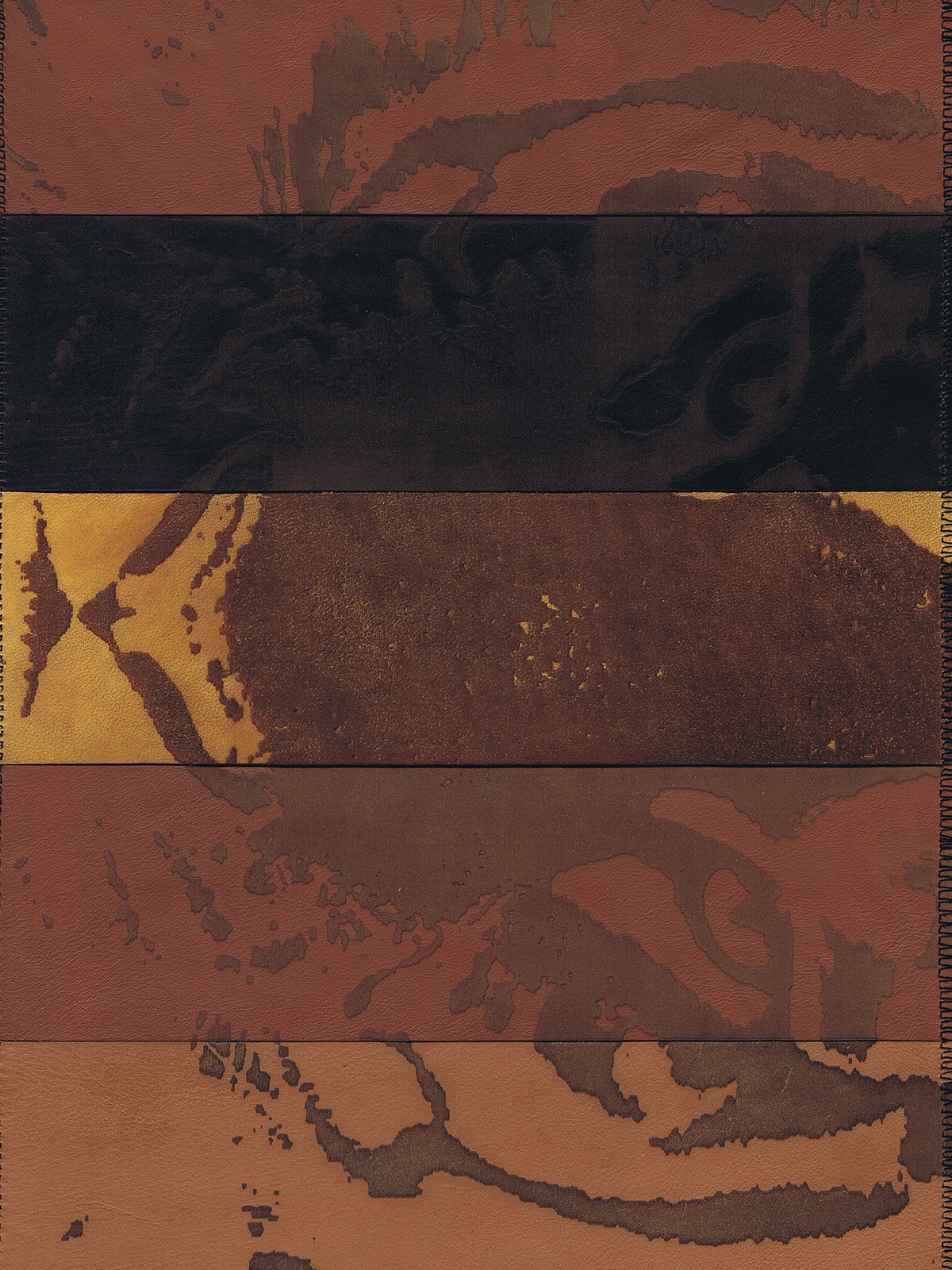News
Over-stocking in the world of Fashion: strategies for rethinking current production models

Private sales and outlets cannot be the solution to the over-stock phenomenon, it is necessary to rethink, in part, production models.
Some facts about the stalemate in the fashion system
The stagnant economic situation in the first quarter of 2024 does not help to manage the already complicated problem of over-stock of companies. Both exports (-11.8 percent, 356 million less than in 2023,) and turnover (-12 percent) have dropped markedly; industrial production records -18.1 percent and CIG hours rise to 11.3 million. These are the data released by the Confindustria Moda-Assopellettieri Study Center. According to Business of fashion, the total unsold products of large companies such as Kering and Lvmh more than doubled from 2014 to 2023, reaching the alarming figure of 4.7 billion euros.
Reducing excess inventory in the fashion chain with artificial intelligence
"Making predictions through AI is the only way to reduce waste, inventory and improve the fashion system's supply chain"-argues Emanuele Frontoni, UNIMC Professor of Computer Science and Co-Director of the VRAI Vision, Robotics & Artificial Intelligence Lab.
Data must therefore be at the center of the fashion system's production revolution: through data analysis we can learn about customers' tastes and demands, unearth emerging trends, and understand what has performed and what has not in order to avoid making the same mistakes in the future.
Through AI, which enables the collection and processing of millions of pieces of information, entrepreneurs can get detailed reports to make targeted predictions and consciously choose what kind of items to produce, aligning as much as possible with the sentiment and demands of their consumers.
"The other aspect to consider in order to start changing the current production paradigms is eco-design with all the principles it brings: designing and producing products that are easy to disassemble and recycle, with a focus on quality and durability, not only allows us to lengthen the life cycle of an item, but also to, in some commodity cases, re-assemble it giving it a new life. Luxottica, for example, has done a nice operation, selling in the second market eyewear created with leftover stock," Professor Frontoni explains.
Overstocking and the impact in designing new collections
"The design and planning of new collections could also play an important role in containing over-stock, says Alberto Manzini Caselli, coordinator of the IED Master in Fashion Trend Forecasting and editor-in-chief of international fashion magazines. The scenarios could be the most diverse: in the future, brands could move toward made-to-measure, made-to-order or real-time production. One route could be to create limited-edition capsule collections that maintain a sense of exclusivity while limiting excess inventory. With AI and 3D digital design systems, we might also be able to ship a simple file containing all the production instructions for an item from anywhere in the world to a factory in Italy for example, thus eliminating shipping and inventory management problems and allowing the consumer to purchase an item close to home."
Modular design and the vintage market
Possible scenarios include the intensification of modular design, or the creation of modular garments with interchangeable pieces, which give customers the opportunity to create multiple combinations of the same item according to the needs of the moment. Modularity in fashion would make it possible to lengthen the product life cycle, limit the inventory problem and decrease the environmental impact.
Vintage and the second-hand market, trends that are very much in vogue at the moment, can also play their small part in counteracting overstock: a study carried out by Global data for Thredup estimates that the second-hand sector will reach $350 billion by 2027; there are garments, still relevant today, that have defined the style of an era and will never fade.








